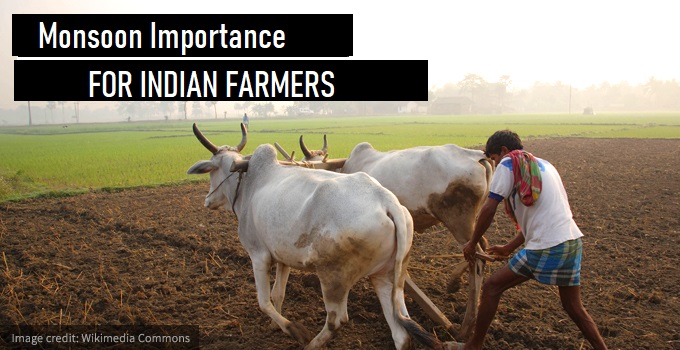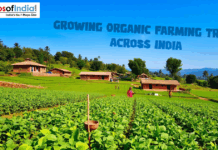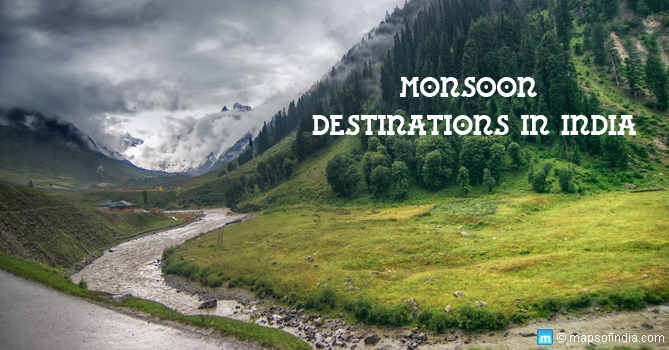What is Monsoon?
Monsoon is the seasonal onset of heavy winds and rains. It usually happens from May to August in India and the surrounding water bodies.
Monsoon’s effects on Indian farmers
India is an agricultural economy, which means most of India’s GDP depends on farm growth and production. More than 50% of the Indian population earns their livelihood through agriculture. Monsoon is one of the most important seasons for farmers for a country so dependent on its agro-industry. Most of the Indian agricultural land is irrigated by the southwest monsoon. Crops such as wheat, rice, pulses, which are a staple in Indian diets, need heavy rainfalls to grow. Rubber trees in the southern region require heavy and regular rain with high temperatures.
The plantation of crops depends on the first showers of the season. Therefore, monsoon is critical to farmers in India who are already under great financial distress.
A good monsoon season can revive the industry and help lessen farmer debt. With the low prices at which government buys crops, a greater yield is necessary for farmers to cut profits and find stability.
In rural India, wells, rivers and handpumps are the primary sources of water. Women have to travel far distances to bring water. Monsoon also helps keep the underground water table in check. It replenishes the earth’s reservoirs aiding rural development.
Effects of deficient monsoon on the nation
A year without a good monsoon can cause significant damage to India’s financial stability and growth.
Climate is irregular and changes unpredictably. Farmers pray for good rain every year as it provides the necessary irrigation to set agriculture in motion.
With India’s geographical location and environmental surroundings, summer monsoons are crucial to its economy. Therefore, all changes to this season have a direct link with India’s GDP growth and economic stability. In many ways, the monsoon is the most critical season for the nation.
The cultural importance of monsoons
Monsoons are a massive part of India’s social and cultural history. The season is a much-awaited release from the summer heat and brings many festivities with it. People across the nation have their ways of celebrating the arrival of rains. Festivals such as Onam in Kerala, Bihu in Assam, Harela Parv in Uttarakhand, Rakhi, and even Lohri are all connected to seasonal changes and mark significant arrivals or departures of seasonal winds.
In a country like India, the economic output depends on agricultural production to maintain food prices at levels feasible by the standard population. As of now, half of India’s agricultural output depends on rainwater. Therefore, creating more dams, reservoirs and irrigation canals is important as monsoons can be unpredictable and unreliable at such a large scale.





